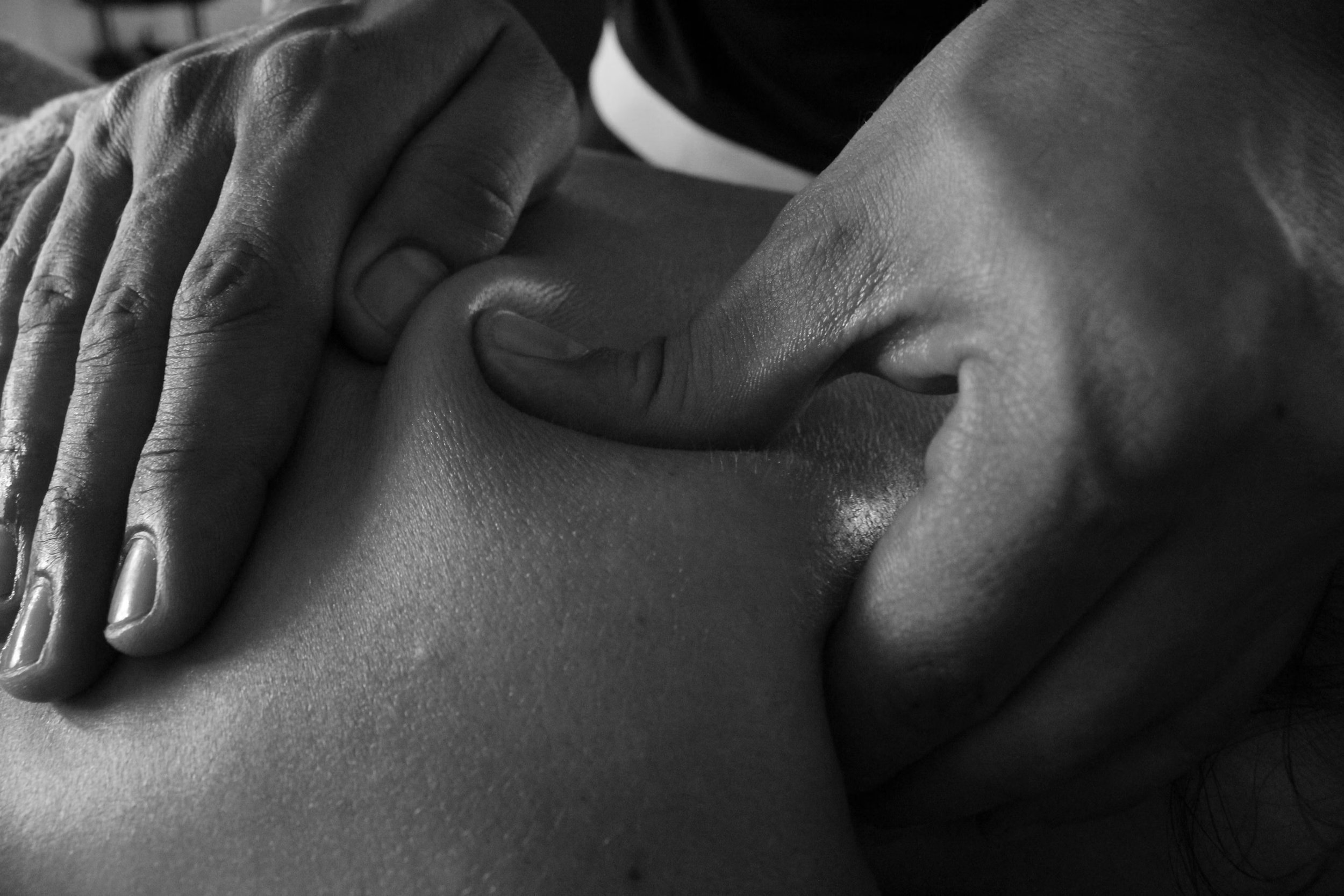How Sports Massage Accelerates Recovery and Reduces Muscle Soreness
Every time you train hard—whether it’s lifting, running, or competing—your muscles experience small amounts of stress and microscopic damage. This process, known as microtrauma, is part of how your body gets stronger. However, it also leads to inflammation, stiffness, and the familiar post-workout discomfort known as delayed onset muscle soreness (DOMS).
READ: Heel Strike vs. Forefoot Running: Which is Better for Injury Prevention?
While some soreness is normal, excessive tightness and fatigue can interfere with movement quality, limit your performance, and increase your risk of injury. The key to progress is not just how you train, but how you recover. That’s where sports massage comes in—it helps your body repair, restore, and perform at its best.
The Science Behind Sports Massage and Recovery
Sports massage is far more than a relaxation technique. It’s a targeted approach to improving tissue health, enhancing circulation, and accelerating the body’s natural recovery process.
Here’s how it works:
Improved Blood Flow: Massage increases circulation to muscles, bringing oxygen and nutrients needed for repair.
Reduced Inflammation: Gentle pressure stimulates lymphatic flow, helping to flush out waste products like lactic acid that contribute to soreness.
Muscle Relaxation: Sports massage releases muscle tension and breaks down adhesions or “knots” that can limit mobility.
Nervous System Regulation: It helps calm the body’s stress response, improving rest and recovery between workouts.
This combination of mechanical and physiological effects allows athletes to bounce back faster, maintain flexibility, and sustain higher-quality training over time. At Capacity, sports massage is viewed as an essential component of performance—not a luxury reserved for rest days.
Benefits Beyond Recovery: Mobility, Performance, and Injury Prevention
While the recovery benefits of sports massage are well known, its impact goes even further. For athletes and active individuals, consistent soft tissue work plays a major role in maintaining overall movement health.
Key benefits include:
Enhanced Mobility: Tight or overworked muscles can restrict motion in the joints. Massage restores balance and flexibility, improving movement patterns.
Better Performance: When muscles move freely and efficiently, athletes experience improved coordination and power output.
Fewer Overuse Injuries: By addressing tension early, massage helps prevent strains, tendon irritation, and compensatory movement that lead to chronic injuries.
For those training consistently—whether in the gym, on the trails, or in competitive sports—sports massage supports long-term physical sustainability. It’s about training smarter, not just harder.
How Often Should You Get a Sports Massage?
The ideal frequency for sports massage depends on your training volume, intensity, and goals. As a general guideline:
Weekly: Recommended during heavy training cycles or pre-competition phases.
Biweekly: Great for athletes maintaining consistent workouts or cross-training routines.
Monthly: Ideal for general recovery and maintenance during lighter phases or off-season periods.
Some athletes schedule massage as part of their deload weeks, while others use it proactively to manage tightness before it limits performance. At Capacity, your therapist will tailor a plan that aligns with your training schedule—so recovery becomes an intentional part of your process, not an afterthought.
READ: How to Increase Mileage Without Getting Injured
Why Capacity Is Bend’s Go-To for Sports Massage
At Capacity in Bend, OR, sports massage is integrated into a larger philosophy of performance-driven care. This isn’t a spa experience—it’s a focused recovery strategy built around the unique needs of active individuals and athletes.
Every session begins with a movement assessment to identify areas of restriction, asymmetry, or fatigue. From there, therapists use a combination of deep tissue work, myofascial release, and recovery techniques to target specific problem areas. The result? Quicker recovery, reduced soreness, and better movement efficiency.
Capacity’s approach blends clinical precision with performance insight. Whether you’re training for your next race, managing a demanding lifting schedule, or simply trying to move without pain, sports massage can help your body adapt, recover, and thrive.
To experience the difference for yourself, schedule a session through the contact page or learn more about strength and conditioning at Capacity. Your recovery deserves the same attention as your training.

